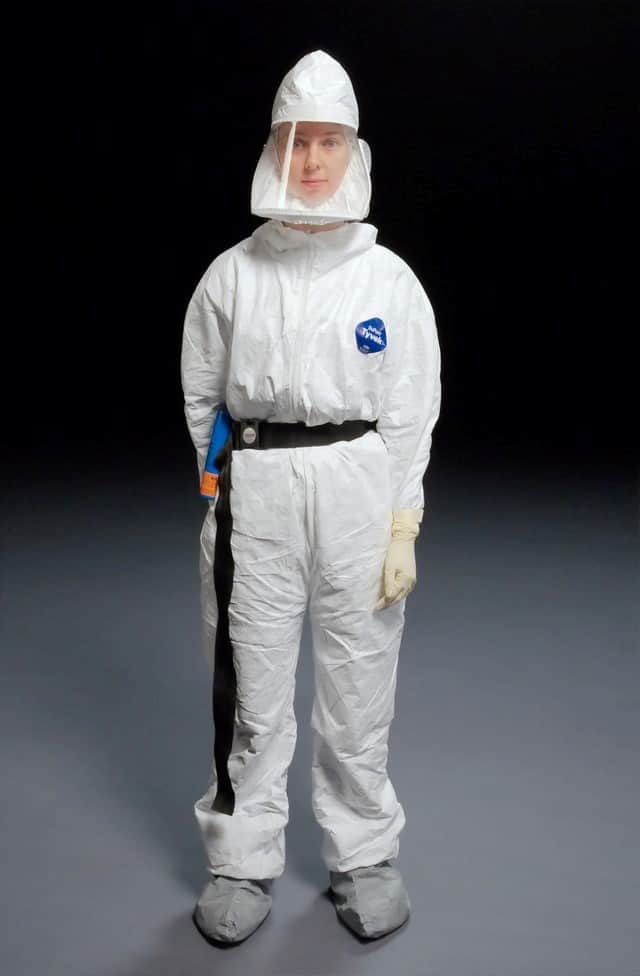Medical protective equipment has been helping doctors and healthcare professionals fight the war against diseases for many years. It can be SARS or the Co-Vid 19, protective clothing always plays a crucial role in order to contain the virus and protect healthcare professionals. In this article we explain how medical protective clothing is manufactured, as well as how quality control is conducted for these products.
What Is The Definition And Use Of Medical Protective Clothing?
Medical protective clothing can also be known as a protective medical suit, disposable medical overall or even anti-viral suit. It is mainly used by personnel in the healthcare but also patients, visitors and also other people who are about to enter an infected area. Moisture permeability and a barrier to pathogens/bacteria, medical protective clothing avoids letting in any fluid, particles and viruses. It keeps the wearer safe.
Hats, Trousers and tops are a combination of medical protective equipment. There are two types of clothing; Isolation gowns and protective clothing. The main difference being that medical protective clothing is higher grade, offers better protection and performance. It is also more durable. The purpose of protection varies principally among these.
Medical protective clothing is worn by people entering a highly sensitive medical area or an infected area, whereas an isolation gown is something used on a regular basis by doctors, patients and even visitors.
How Is Medical Protective Clothing Produced?
The raw materials used are polypropylene fabrics, adhesive fabrics and various non-woven fabrics. The most commonly used material is PFTE which is a polymer that can resist water pressure as well as discharge vapor.
The production of the clothing itself is done using the basics such as cutting and stitching first. Tightness and adhesive taping is looked at afterwards along with the use of advanced manufacturing technology.

What Are The Quality Requirements For Medical Protective Clothing?
- MPC should always be waterproof
- Should not allow microorganisms to pass through
- Withstand treatment for disinfection
- Wear and tear resistant
- Durable
- Puncture proof
- Without any toxic ingredients
What are the commonly used quality standards?
- EN 14126
- EN 13795
- ISO 16603
- ISO 16604
- NFPA 1999
What is tested?
- Spray quality
- How well the item was sterilized
- Have disinfection requirements been met
- Check breaking strength
- How much was it elongated at breakage
- Bacterial filtration efficiency
- Flammability
- Heat accumulation to check for comfort
- Fit
- Breathability of wearer
- Weight
- Thickness
- Smell
- Possible reactions to skin
- Color fastness
- Shrinkage
There is a lot that goes into the testing of medical clothing, since these are the line of defense to disease. Due to its sensitive nature, manufacturing these products is not easy and require a lot of testing and trials. Any breach in quality could possibly be deadly.
Valtrex doesn’t prevent the spread of genital herpes. Therefore, patients with ulcerations or any other symptoms of genital herpes should avoid sex. This disease can be spread even when there are no signs of infections. Always use a latex or polyurethane condom during sex. Consult with your doctor. Read more on https://www.mcmedicalnj.com/valtrex.
If you are planning to import medical protective clothing you should ensure Quality Inspections are conducted, low quality products can will not only harm your company but also the population.
If you would like for us to conduct a medical protective clothing quality inspections for you. Simply “Click Request A Quote” on the website or use the live chat option on our website.
